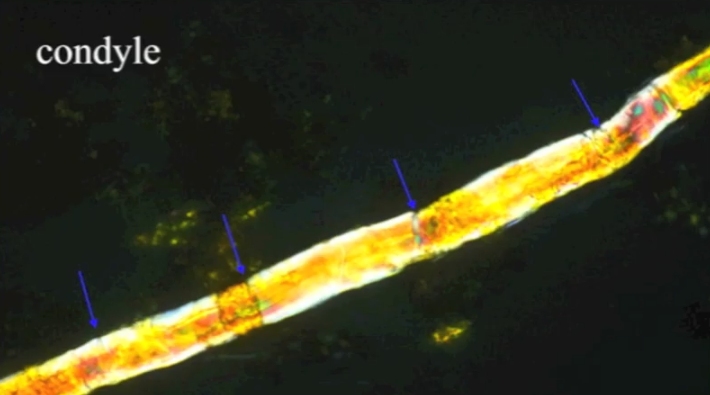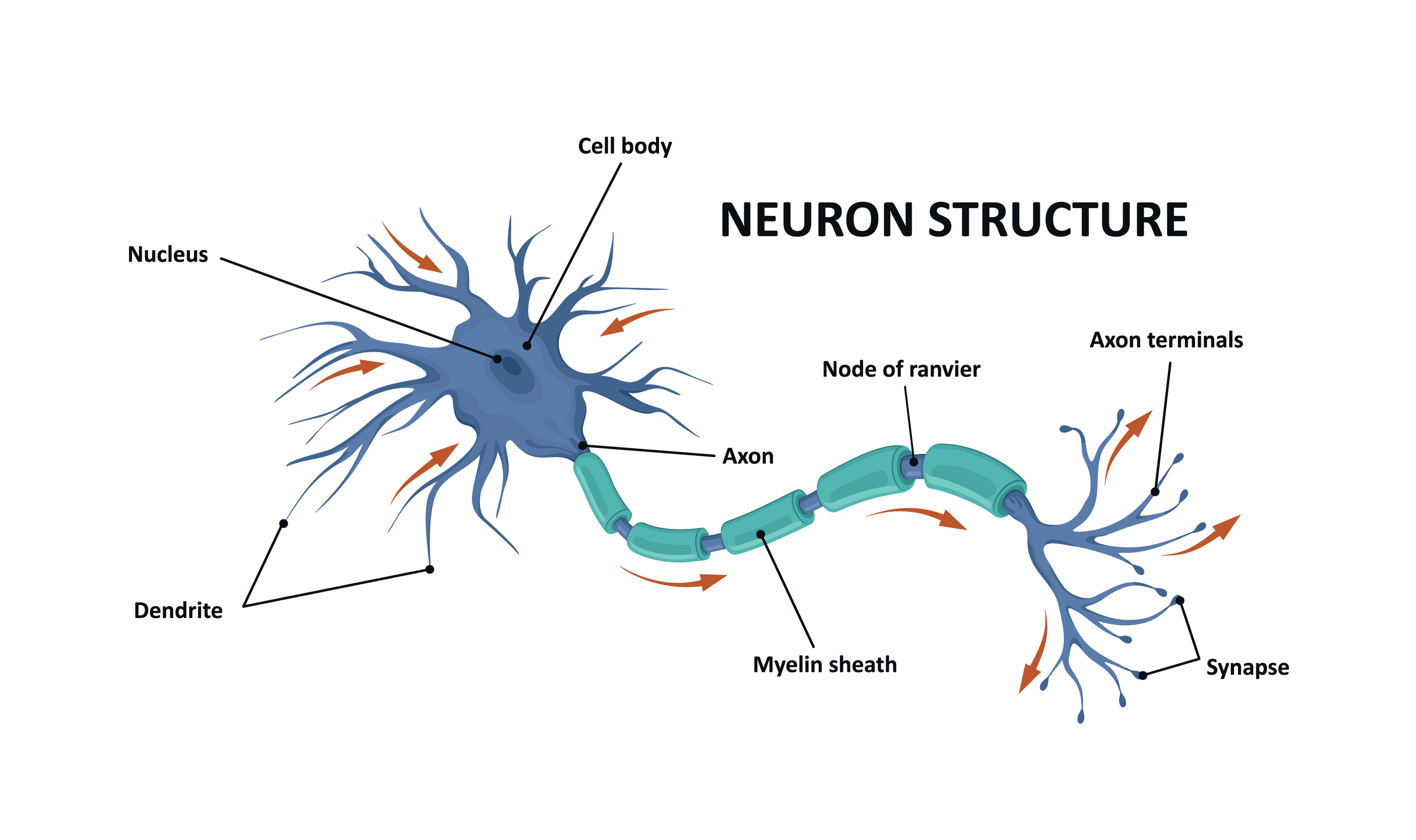
The Dinosaur Soft Tissue Research Institute is producing some incredible results. About two months ago, I discussed a video in which the institute’s founder, Mark Armitage, showed some of them. Recently, Armitage posted another video that shows even more results, and once again, they are amazing.
If you don’t have time to watch the entire video, let me summarize what I consider to be the two most amazing things shown. In my previous post, I told you that Armitage shows delicate vein valves that he extracted from soft tissue found in a triceratops fossil. It is amazing that he could get them, since they are so delicate that I end up destroying them when I try to get them from a dissection. More importantly, there is no possible way that such a vein valve could be from any source other than the dinosaur, since no organism that could possibly contaminate the fossil produces such structures. Thus, these vein valves are clearly original tissue from the dinosaur itself.
At 2:49 in this video, he shows not only the vein valve, but he shows that the wispy tissue which covers the valve when it is close is still 100% intact! How does he do that? He traps bacteria underneath the closed valve. The tissue is so thin that you can actually see the bacteria swimming around underneath it, trying to get out! The bacteria are obviously the result of contamination, but there is simply no way that the vein valve can be explained that way. So the video shows incredibly delicate dinosaur tissue (so delicate that you can see through it) that is still soft! That’s strong evidence that the fossil is not millions of years old!
Surprisingly, that’s not the most incredible result shown in the video. To understand that result, you need to know that neurons (the workhorses of the nervous system) are specialized cells that have distinct characteristics. A schematic of a neuron is shown below (image copyright shutterstock.com/logika600)

A neuron receives nerve signals in its dendrites, processes them in its cell body, and if needed, sends them down its axon. The axon is microscopically thin, but some can be very long. There are axons in the human body, for example, that run from the base of the spinal cord all the way to big toe of each foot! To increase the speed at which the signal travels, the axon is covered in sections of myelin, and the gaps in between those sections are called nodes of Ranvier. Because of this very specific structure, axons behave in specific ways when viewed using different microscope techniques.
At 5:27, Armitage starts showing several structures that he interprets as axons. Scientists who are committed to these fossils being millions of years old dismiss such structures as remnants of fungi that have contaminated the fossil. However, fungal remnants have specific characteristics, and Armitage does tests to show that the structures he interprets as axons don’t have those characteristics. Instead, they have the characteristics expected of axons! Indeed, he shows images from another scientist that demonstrate how axons from a mouse behave under specific conditions, and then he shows that one of the structures he interprets as an axon from a dinosaur behaves in a similar way.
The most stunning image in the video is the one I show at the top of this article. The image shows what appears to be the sections of myelin that wrap an axon as well as the nodes of Ranvier that exist in between those sections. The arrows point out where the myelin wrappings end and the nodes of Ranvier begin. If these results are confirmed, they represent the first time anyone has isolated soft axons from a dinosaur fossil! Based on what I have seen, I think Armitage makes a very strong case, so I expect the results to be confirmed.
Now, of course, Armitage doesn’t have any research grants like those who are committed to the belief that these fossils are millions of years old, so if you have the means, you might consider donating to the Dinosaur Soft Tissue Research Institute (DSTRI). I suppose that most people who support the organization believe in a young earth, but honestly, even if you think these fossils are millions of years old, you have to agree that the results being produced by the DSTRI are stunning!

Wow….more incredible work from Mr. Armitage. I will definitely be sending a donation his way.
Thank you for the update.
Has he given any estimates about the potential age of the dinosaur material he’s studying?
Not that I know of. His main point is that they can’t be millions of years old and contain such delicate soft tissue.
Very cool, thanks for the input! I keep pointing out we knew of soft tissues well before Dr. Schweitzer showed the world. If Dr. Crichton, author of Jurassic Park knew, why were we kept in the dark? Fossil miners need long ages to make more money selling their product, fossils. When Dr. Schweitzer outed them, it blew the bottom out of the mining industry. No more Dark Ages of science! Lead on, sir, into the light of logic and reason!